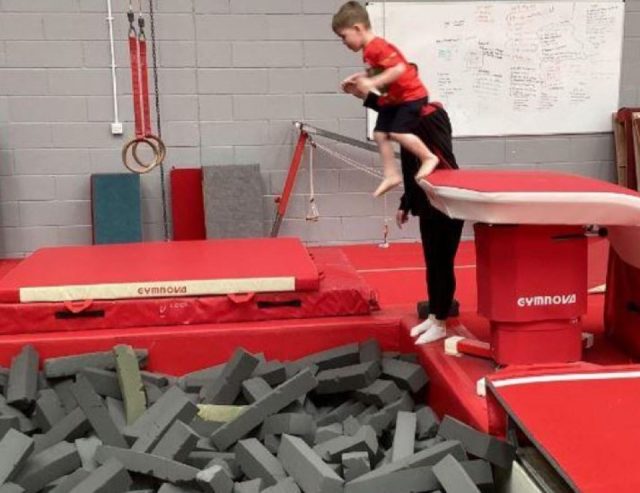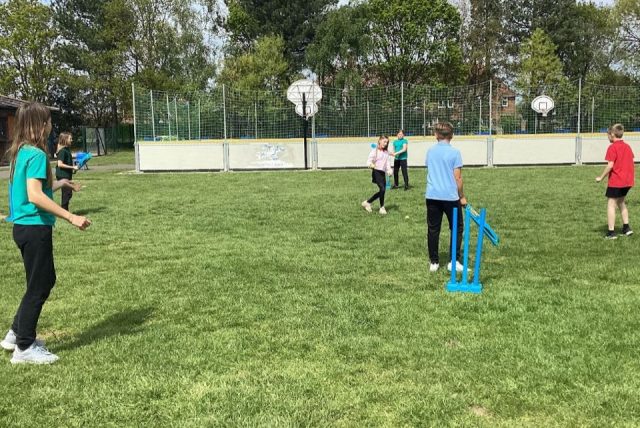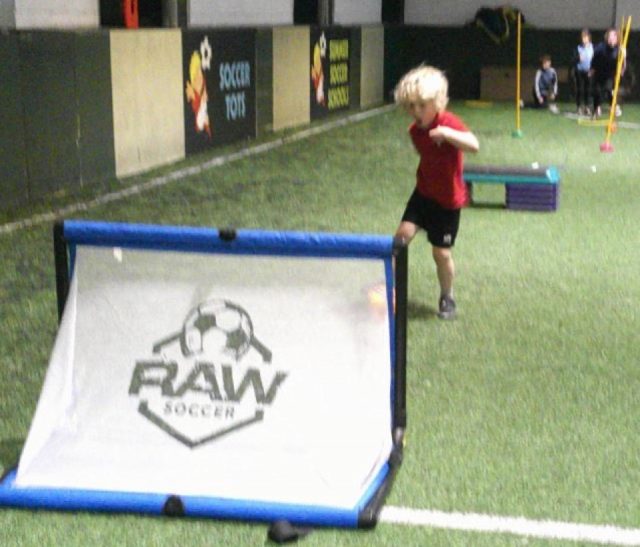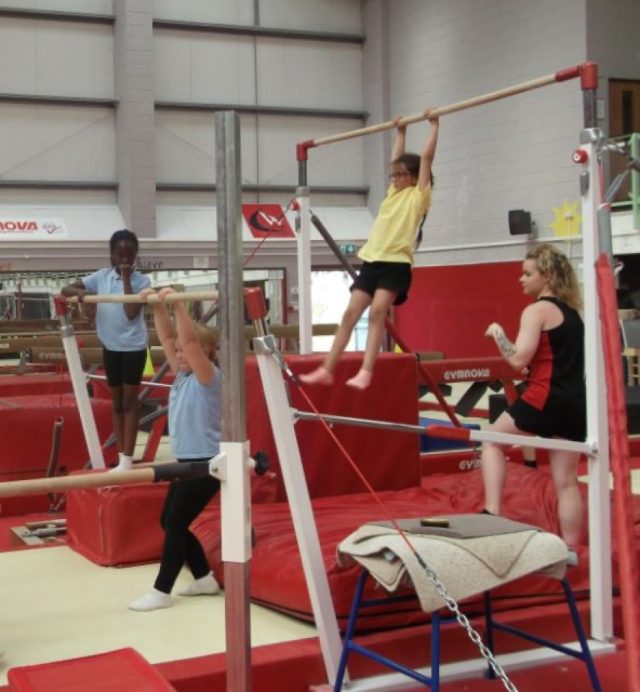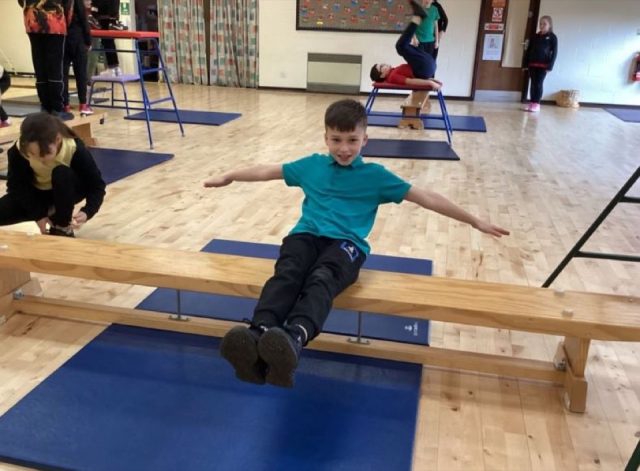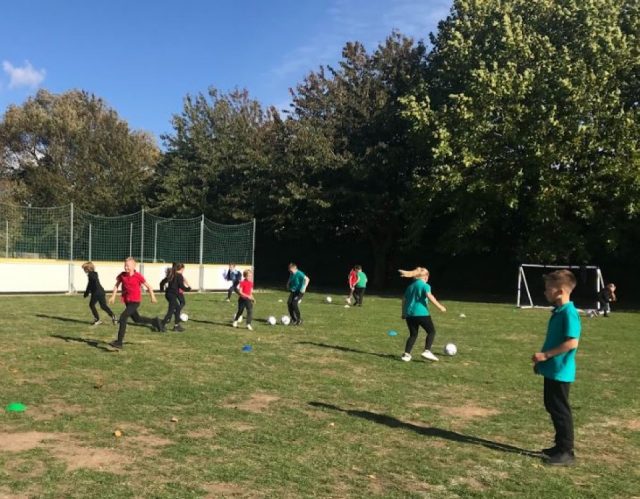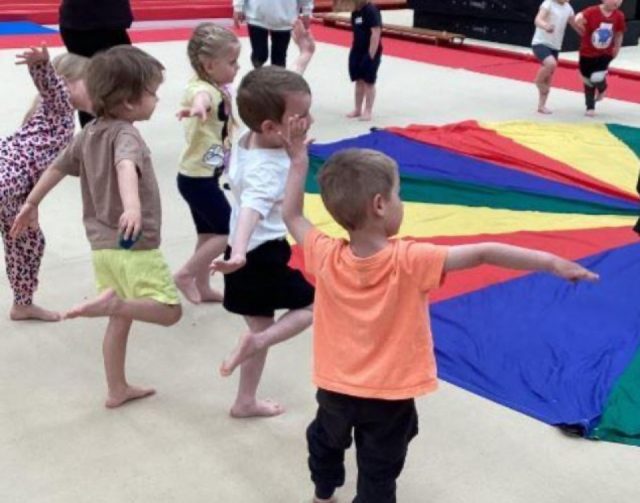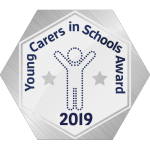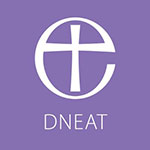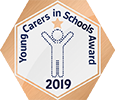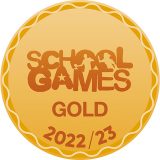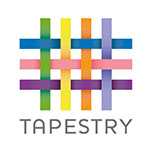“Intelligence and skills can only function at the peak of their capacity when the body is healthy and strong”
– John F Kennedy
Intent
Physical Education is an entitlement for our pupils and accessible to all.
A high-quality physical education curriculum inspires all pupils to succeed and excel in competitive sport and other physically demanding activities. It should provide opportunities for pupils to become physically confident in a way which supports their health and fitness. Opportunities to compete in sport and other activities, build character and help to embed values, such as fairness and respect.
Implementation
To ensure high standards of teaching and learning in physical education, our curriculum is progressive throughout the whole school.
Key Concepts: competence, performance, creativity, healthy active lifestyles and evaluation and analysis
Domains of Knowledge: games, athletics, dance, gymnastics, swimming and outdoor and adventurous activities
Early Years and KS1
- To develop fundamental movement skills, become increasingly competent and confident and access a broad range of opportunities to extend their agility, balance and coordination, individually and with others.
- To be able to engage in competitive (both against self and against others) and co-operative physical activities, in a range of increasingly challenging situations.
- To master basic movements including running, jumping, throwing and catching, as well as developing balance, agility and coordination, and begin to apply these in a range of activities.
- To participate in team games, developing simple tactics for attacking and defending.
- Perform dances using simple movement patterns.
KS2
- To apply and develop a broader range of skills, learning how to use them in different ways and to link them to make actions and sequences of movement.
- To enjoy communicating, collaborating and competing with each other.
- To develop an understanding of how to improve in different physical activities and sports and learn how to evaluate and recognise their own success.
- To use running, jumping, throwing and catching in isolation and in combination.
- To play competitive games, modified where appropriate (for example, badminton, basketball, cricket, football, hockey, netball, rounders and tennis), and apply basic principles suitable for attacking and defending
- To develop flexibility, strength, technique, control and balance (for example, through athletics and gymnastics).
- To perform dances using a range of movement patterns.
- To take part in outdoor and adventurous activity challenges, both individually and within a team.
- To compare their performances with previous ones and demonstrate improvement to achieve their personal best.
Enrichment: There are opportunities forextra-curricular sports which occur both during lunchtime and after school. These include clubs which are specifically designed to cater for children from Reception up to Year 6. These offer opportunities for enthusiastic participation and practice, as well as competition. There are opportunities for the upper KS2 children to act as Sports Leaders for the younger children in the school, by offering sporting activities during lunchtime and supporting during whole school activities such as sports day. The children regularly attend cluster events and inter-school competitions, organised by the Local Sports School Partnership.
Impact
The Physical Education curriculum builds towards four endpoints, describing what we want our pupils to achieve by the end of Year 6:
End Point 1: Demonstrate precision, control and fluency with consistency; across a range of sports and physical activities (dance, gymnastics, games, athletics, outdoor pursuits, fitness and swimming).
End Point 2: Strong powers of expression in performance and composition, as well as when articulating tactical approaches.
End Point 3: An understanding that regular exercise is required for a healthy, active lifestyle and the safe practices associated with this; explaining how the body reacts to different exercise.
End Point 4: Be able to analyse and evaluate their own work and that of others, in order to modify and improve technical skills.
Physical Education Assessment: Children’s progress is monitored and assessed in line with the school’s assessment and recording policies. By observing their performances and questioning the children to gauge their understanding, progress can be established in the key learning objectives of acquiring and develop, select and apply, evaluate and improve and their knowledge and understanding of fitness and health.



